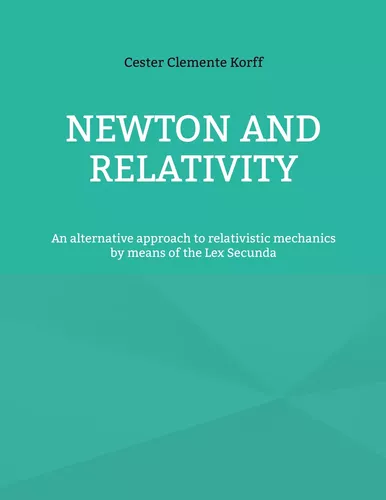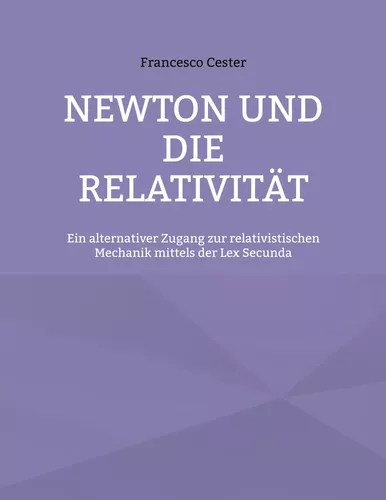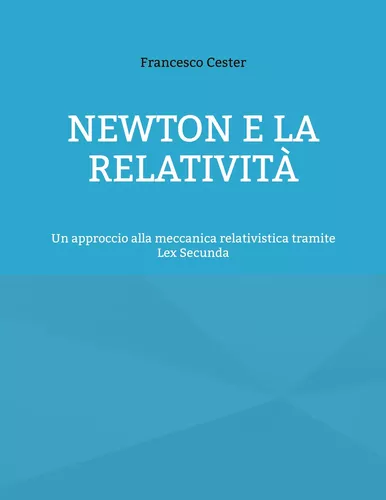In his book “Newton and Relativity”, Francesco Cester shows that it is possible to approach the Theory of Relativity with a more intuitive method than the traditional one.
This new procedure starts with the Equivalence Principle of Mass and Energy which, as Einstein himself demonstrated (see: Max Born – Die Relativitätstheorie Einsteins – pages 244-247), can be obtained even without the use of relativistic considerations.
The use of the formula E = mc² together with Newton’s Second Law of Motion, coherently interpreted as the time derivative of the momentum, therefore allows us to derive the relativistic mass relation, which expresses the dependence of the inertia of a physical body on its velocity.
The Lorentz factor occurs without using the Lorentz transformations
It is of considerable scientific interest that, proceeding in this way, one arrives at the proof of the first formula containing the Lorentz factor without using the homonymous transformations expressing the dependence of space and time on the velocity of the reference frame.
On the other hand, unlike length contraction and time dilation, the dependence of mass on velocity is intuitively clear if one considers the inertia of mass associated with the kinetic energy of a moving body, in accordance with the Mass-Energy Equivalence.
The formulas of the Theory of Relativity are demonstrated in a transparent way
The expression of the dependence of inertia on velocity is then shown to be the fundamental relationship from which it is possible to derive, in a very transparent way, the most important relativistic formulae using only the principles of conservation of energy and momentum.
In this way, among other derivations, it comes to the proof:
- of the relativistic theorem of total and kinetic energy of the physical body
- of the expression of the electromagnetic frequency at high speeds
- of the dependence of acceleration on speed
- of the relativistic length contraction
- of the relativistic velocity addition formula
And finally, as a consequence of the latter,
- of the constancy of the speed of light regardless of the motion of the emitting light source.
The latter is a natural phenomenon which, having lost the character of a postulate, acquires the character of a demonstrable principle in a purely theoretical way, that is, without the aid of experiments, but in order to confirm them.
The book “Newton and Relativity” opens up a new horizon for an intuitive interpretation of the Theory of Relativity.

Buy the Book (Current version of 02.06.2025) (*)
Buy the E-Book (Current version)
Read the Book Online (Previous version of 14.01.2021)
(*) The current version of the book provides clearer and more structured explanations of the mathematical demonstrations, promoting a deeper understanding of the laws of relativity. In addition, two new chapters have been added to the current version, one of which presents the unpublished proof of the formula for the addition of orthogonal velocities.
____________________________________________

____________________________________________



